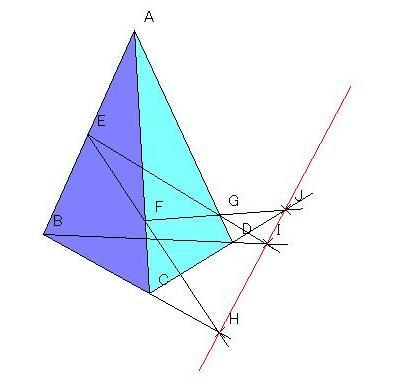結果
| 問題 | No.259 セグメントフィッシング+ |
| コンテスト | |
| ユーザー |
 convexineq convexineq
|
| 提出日時 | 2020-12-10 08:52:39 |
| 言語 | PyPy3 (7.3.17) |
| 結果 |
AC
|
| 実行時間 | 419 ms / 2,000 ms |
| コード長 | 2,008 bytes |
| 記録 | |
| コンパイル時間 | 287 ms |
| コンパイル使用メモリ | 81,964 KB |
| 実行使用メモリ | 89,360 KB |
| 最終ジャッジ日時 | 2024-09-19 16:39:55 |
| 合計ジャッジ時間 | 9,659 ms |
|
ジャッジサーバーID (参考情報) |
judge4 / judge2 |
(要ログイン)
| ファイルパターン | 結果 |
|---|---|
| sample | AC * 3 |
| other | AC * 23 |
ソースコード
class segment_tree:
__slots__ = ["op_M", "e_M","N","N0","dat"]
def __init__(self, N, operator_M, e_M):
self.op_M = operator_M
self.e_M = e_M
self.N = N
self.N0 = 1<<(N-1).bit_length()
self.dat = [self.e_M]*(2*self.N0)
# 長さNの配列 initial で初期化
def build(self, initial):
assert self.N == len(initial)
self.dat[self.N0:self.N0+len(initial)] = initial[:]
for k in range(self.N0-1,0,-1):
self.dat[k] = self.op_M(self.dat[2*k], self.dat[2*k+1])
# a_k の値を x に更新
def update(self,k,x):
k += self.N0
self.dat[k] = x
k >>= 1
while k:
self.dat[k] = self.op_M(self.dat[2*k], self.dat[2*k+1])
k >>= 1
# 区間[L,R]をopでまとめる
def query(self,L,R):
L += self.N0; R += self.N0 + 1
sl = sr = self.e_M
while L < R:
if R & 1:
R -= 1
sr = self.op_M(self.dat[R],sr)
if L & 1:
sl = self.op_M(sl,self.dat[L])
L += 1
L >>= 1; R >>= 1
return self.op_M(sl,sr)
def get(self, k): #k番目の値を取得。query[k,k]と同じ
return self.dat[k+self.N0]
n,q = map(int,input().split())
from operator import add
seg = segment_tree(2*n,add,0)
for _ in range(1,q+1):
x,t,y,z = input().split()
t,y,z = int(t),int(y),int(z)
if x=="L":
idx = (2*n-y-1-t)%(2*n)
seg.update(idx, seg.get(idx) + z)
elif x=="R":
idx = (y-t)%(2*n)
seg.update(idx, seg.get(idx) + z)
else:
v = 0
L = (y-t)%(2*n)
R = (z-1-t)%(2*n)
if L <= R:
v += seg.query(L,R)
else:
v += seg.query(0,R) + seg.query(L,2*n-1)
R = (2*n-y-1-t)%(2*n)
L = (2*n-z-t)%(2*n)
if L <= R:
v += seg.query(L,R)
else:
v += seg.query(0,R) + seg.query(L,2*n-1)
print(v)
